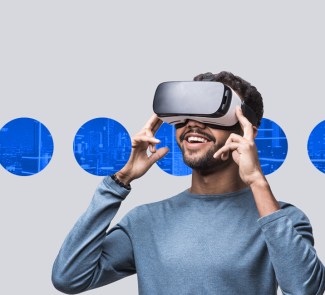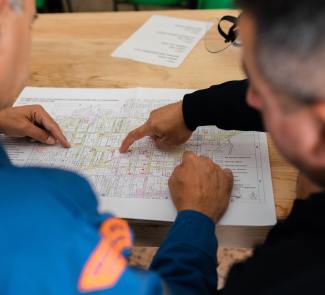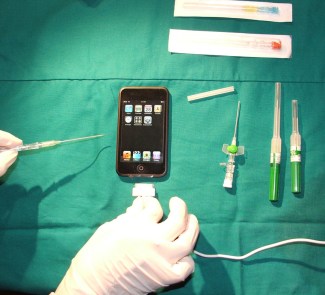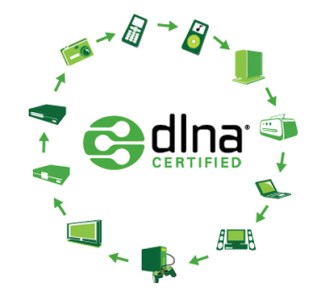For several years some mobile phones and digital tablets have had screens that let you view 3D content without the need for glasses or other devices. One example was the launch in the Korean market in 2007 of Samsung’s B710 Dynamic Digital Depth technology, capable of converting 2D content into 3D in real time, by simply moving from the vertical position to a horizontal orientation. But this technology has not really taken off because the shortage of 3D-formatted content does not justify the cost of integrating 3D technology directly into the device’s hardware.
Since Amazon, with a recent publication in The Wall Street Journal, fed the rumour that the firm was making a smartphone with 3D display without the need for glasses, the convergence of mobile telephony and 3D imaging technology is back on the table. In any case, it seems we will not have to wait for the possible Amazon smartphone for mobile 3D to take off. A week ago a Singapore company launched a protective plastic film for the iPhone 5, consisting of half a million nanolenses accurately drawn on plastic film and capable of turning a normal smartphone into a device that displays 3D images and video without glasses.
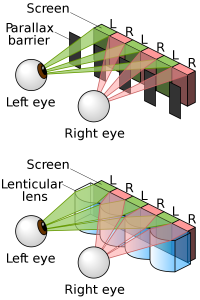
The system, named EyeFly 3D, bases its 3D effect on a protective screen with lenticular lens technology used since the 1940s to create posters and postcards that move when the viewer changes perspective. With time, this lenticular technology has evolved to improve image movement and field of vision depth, and is widely used in marketing and advertising.
Its operation is based on a plastic sheet with one lenticular face. From two viewing angles and an interlaced image, you view aligned fragments of the image according to the angle adopted. The function of the lens or lenticule is to send independent separate images to each eye, so that the brain interprets different parts of the image, creating the illusion of depth and the perception of the image moving as we change the angle on the sheet.
The YouTube ID of ATLeU is invalid.The novelty of 3D EyeFly lies in its manufacturing process, the result of several years of research and development by the A * STAR team and Singapore’s Temasek Polytechnic. According to its creators, it is a step towards the nanomanufacturing of lenticular lenses. The method uses nanoprinting lithography, first applied in the 1990s, using hard materials for recording highly accurate drawings at nanoscale on a softer material. Using this technology, which is still patent pending, microlenses can be created, capable of taking an image that occupies a single pixel on the highest resolution LCD screens and focusing it on one eye or the other to create the illusion of depth of image, and therefore, an image in three dimensions.
Loke Yee Chong, one of its creators and a researcher at the Agency for Science, Technology and Research of Singapore government’s A * STAR, stated that, thanks to advances in nanotechnology and the unique manufacturing process used, it has been possible to improve technology more than half a century old and readapt it to the new times of mobile telephony and the rise of the 3D image. And most importantly at surprisingly low cost, which allows 3D EyeFly to be marketed at a relatively affordable cost to the consumer, about 27 euros.
Although Nanoveu, the company that manufactures and markets 3D protective film, initially only manufactures EyeFly 3D for the iPhone 5, it has recently announced its intention to launch films for the third and fourth generation of iPads, HTC Butterfly and DNA and the family of the Samsung Galaxy S3, S4 and Note 2.
Images | via wikipedia and 3D EyeFly






